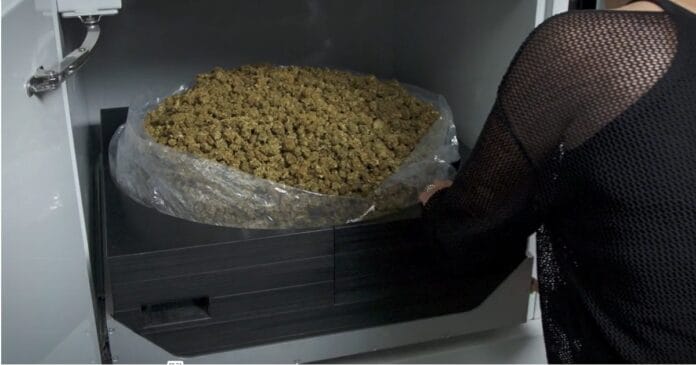A recent survey indicates the vast majority of cannabis consumers in the USA want their cannabis decontaminated – even if many aren’t aware of what’s involved.
First off, it’s important to note the company that ran the survey, XRPure, is in the decontamination business; using X-Rays to destroy microbes and pathogen.
“Decontamination is a touchy subject in some corners of the cannabis industry,” says the firm. “Many cultivators still wear ‘no decontamination’ like a badge of honor, touting untouched flower as a mark of quality. But that pride comes with risk, and it rarely reflects what consumers genuinely want.”
The risks can be particularly concerning for consumers with compromised immune systems.
With that said, here’s what the company found based on its survey of 516 adults across the United States. The survey group was a mix of recreational and medical cannabis users, with the majority 30 – 60 years old.
- 90.5% of consumers agreed cannabis products should be required to indicate on the label whether they’ve been decontaminated to remove mold, mildew, bacteria, or other pathogens.
- 53.7% said they would be more likely to buy cannabis flower if they knew it had been decontaminated, while 15.7% said they would be less likely to.
- 91.7% of consumers believe that medical cannabis should always be decontaminated.
- 43.8% said they didn’t understand the differences between common decontamination methods, which include x-ray, ozone-based, and RF (radio frequency) technology.
XRPure’s full survey report can be accessed here.
While most common types of cannabis contamination are microbial; other forms include pesticides, heavy metals, and residual solvent chemicals. And no amount of X-Rays (nor ozone, nor RF treatment) will rid products of those.
An investigation last year revealed out of 42 legal cannabis products tested, 25 had pesticide concentrations above allowed levels, and contaminants included chemicals linked to cancer, liver failure, thyroid disease, and neurological harm. And a report from the State of Maine’s Office of Cannabis Policy (OCP) in 2023 revealed a high prevalence of contamination in medical cannabis products. Yeast and mold were most prevalent, but pesticides, heavy metals and other contaminants were also detected.
While the ability of cannabis to take up heavy metals in contaminated soils is a positive attribute when cultivated for specific phytoremediation purposes, its certainly not when products for topical application or ingestion are made from plants growing in contaminated areas.


